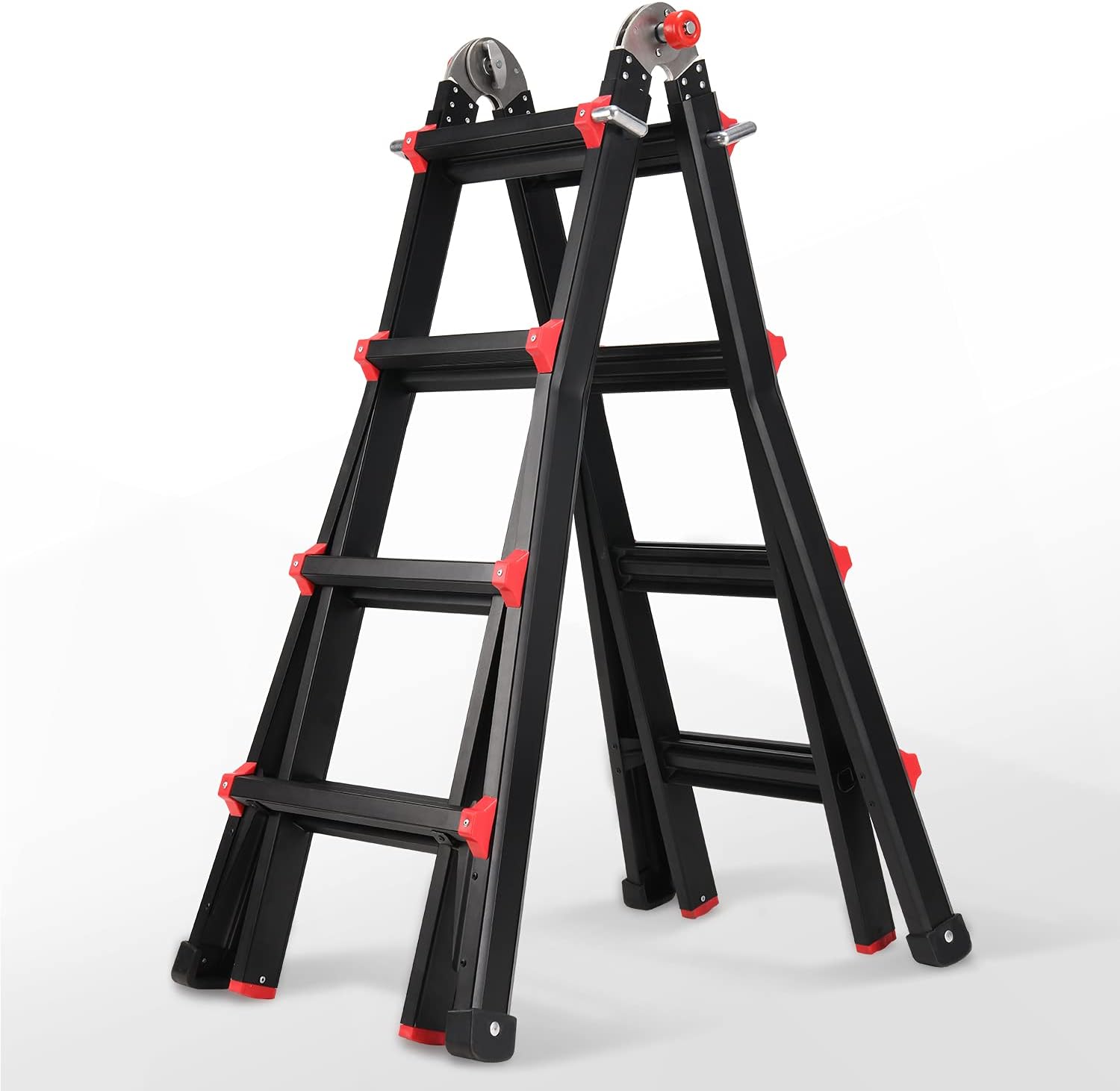

Articles
How Much Does A Ladder Cost
Modified: February 22, 2024
Looking for articles about how much to budget for a ladder? Find all the information you need on pricing and options in our comprehensive guide!
(Many of the links in this article redirect to a specific reviewed product. Your purchase of these products through affiliate links helps to generate commission for Storables.com, at no extra cost. Learn more)
Introduction
When it comes to tackling those hard-to-reach areas or completing various tasks around your home or workplace, a ladder is an essential tool. From changing light bulbs to reaching high shelves, a ladder provides the necessary height and stability to get the job done safely and efficiently. However, with so many options available on the market, it’s important to understand the factors that influence the cost of a ladder and how to choose the right one for your needs.
In this article, we will explore the key factors to consider when buying a ladder, the different types available, popular brands to look out for, average prices, and the factors that affect the cost. We’ll also provide tips on where to buy ladders and offer guidance on choosing the right ladder for your specific requirements.
By the end of this article, you’ll have a better understanding of what goes into the price of a ladder and be equipped with the knowledge to make an informed purchase decision.
Key Takeaways:
- Choose the right ladder by considering usage, type of work, height, and budget. Prioritize safety features, quality, and brand reputation for a reliable and efficient tool.
- Explore various ladder types, popular brands, average prices, and factors affecting cost. Compare prices, read reviews, and prioritize safety over price when making a purchase decision.
Read more: How Much Does Attic Ladder Cost?
Factors to Consider When Buying a Ladder
Before purchasing a ladder, it’s important to consider various factors to ensure that you choose the right one for your specific needs. Here are some key considerations:
- Usage: Determine the primary purpose for which you’ll be using the ladder. Are you using it for household tasks, DIY projects, or professional work? Knowing how you’ll be using the ladder will help you choose the appropriate type and size.
- Type of work: Consider the nature of the work you’ll be doing on the ladder. Will you be using it indoors or outdoors? Do you need a ladder that can support heavy loads or one that provides additional safety features for working at heights? This will help determine whether you need a step ladder, extension ladder, or specialty ladder.
- Height: Determine the maximum height you’ll need to reach. Ladders come in various sizes, so it’s important to choose one that can safely reach the desired height without compromising stability.
- Weight capacity: Consider the weight capacity of the ladder to ensure that it can support both your weight and any additional weight from tools or materials you’ll be carrying while working.
- Portability: If you need to move the ladder frequently or transport it to different locations, consider its weight and collapsibility. Portable ladders are lightweight and easy to store or transport, while heavier-duty ladders may be more suitable for stationary tasks.
- Material: Ladders are commonly made of aluminum, fiberglass, or wood. Each material has its own benefits and considerations. Aluminum ladders are lightweight and corrosion-resistant, fiberglass ladders are non-conductive and ideal for electrical work, and wooden ladders are sturdy and provide a traditional look.
- Safety features: Look for ladders that have safety features such as non-slip steps, handrails, and stabilizing mechanisms to ensure stability and minimize the risk of accidents while working at heights.
- Budget: Determine your budget for a ladder. Prices can vary depending on the type, size, and brand. Consider the value and quality of the ladder to ensure that you’re making a worthwhile investment.
By considering these factors, you can narrow down your options and make an informed decision when purchasing a ladder that meets your specific requirements. Remember to prioritize safety and quality to ensure the longevity and reliability of your ladder.
Types of Ladders
When it comes to ladders, there is a wide variety of types available, each designed for specific tasks and environments. Here are some of the most common types of ladders:
- Step Ladders: Step ladders are one of the most versatile types of ladders. They feature a self-supporting A-frame design with two sets of steps that can be climbed from either side. Step ladders are perfect for tasks that require a stable platform without needing to lean against a wall or other support.
- Extension Ladders: Extension ladders, also known as telescopic ladders, consist of two or more sections that can be extended to various heights. These ladders are ideal for reaching elevated areas, such as the roof or high walls. They offer excellent stability and are commonly used in construction and maintenance work.
- Platform Ladders: Platform ladders have a large, flat platform at the top, providing a safe and spacious area to stand on. These ladders are great for tasks that require a stable working surface, such as painting, fixing overhead lights, or accessing high shelves. They offer additional stability compared to traditional step ladders.
- Multi-Position Ladders: Multi-position ladders, also known as combination ladders, can be adjusted into various positions and configurations to suit different tasks. They can function as a step ladder, extension ladder, staircase ladder, or trestle ladder. These ladders are highly versatile and popular among DIY enthusiasts and professionals.
- Attic Ladders: Attic ladders are specifically designed for easy access to attics or lofts. They are usually installed permanently and foldable, allowing for convenient storage when not in use. Attic ladders provide a safe and secure way to access these often hard-to-reach areas.
- Specialty Ladders: Specialty ladders are designed for specific purposes. This includes ladders such as platform step ladders with adjustable legs for working on uneven surfaces, tripod ladders for gardening or landscaping tasks, and rolling ladders for accessing high shelves or storage areas in warehouses.
Each type of ladder serves a specific function, so it’s important to choose the one that best suits your intended use. Consider the tasks you’ll be performing and the environment in which you’ll be working to determine which type of ladder is the most appropriate for your needs.
Popular Brands of Ladders
When it comes to purchasing a ladder, it’s essential to choose a reputable brand known for their quality, durability, and safety features. Here are some popular brands that consistently deliver top-notch ladders:
- Werner: Werner is a well-established brand known for its wide range of ladders designed for both residential and commercial use. They offer a variety of ladder types, including step ladders, extension ladders, and specialty ladders. Werner ladders are known for their sturdiness, innovative designs, and reliable safety features.
- Louisville: Louisville is another trusted brand that produces high-quality ladders. They offer a diverse selection of ladders in different sizes and types, including step ladders, extension ladders, and attic ladders. Louisville ladders are known for their durability, stability, and compliance with safety standards.
- Little Giant: Little Giant is renowned for its innovative ladder designs and versatility. Their ladders often feature adjustable heights, multi-position configurations, and lightweight yet sturdy construction. Little Giant ladders are popular among homeowners, DIY enthusiasts, and professionals for their adaptability and reliability.
- Gorilla: Gorilla ladders are known for their robust build quality and safety features. They offer a wide range of ladders for various purposes, including step ladders, extension ladders, and specialty ladders. Gorilla ladders are designed to withstand heavy-duty use and provide stability for both residential and commercial applications.
- DeWalt: DeWalt is a well-respected brand in the tool industry, and their ladder range is no exception. DeWalt ladders are known for their durability, innovative designs, and focus on user safety. They offer a variety of ladders that are suitable for different tasks and job sites.
- Flip-N-Lite: Flip-N-Lite specializes in manufacturing lightweight yet sturdy step ladders. Their ladders are made of aluminum, making them easy to carry and transport. Flip-N-Lite ladders excel in providing stability and safety without sacrificing portability.
These popular ladder brands have a solid reputation for producing high-quality products that meet industry standards. However, it’s always advisable to research and read customer reviews before making a final decision. This will help ensure that you choose a ladder that fits your specific needs and provides the utmost safety and reliability.
Average Prices of Ladders
The cost of ladders can vary depending on various factors, including the type, size, material, brand, and additional features. Here are the average price ranges for different types of ladders:
- Step Ladders: Step ladders are generally more affordable compared to other types of ladders. Prices can range from $20 for a basic, smaller-sized step ladder to $150 for a larger, heavy-duty step ladder with additional features like a tool tray or handrail.
- Extension Ladders: Extension ladders tend to be pricier due to their longer length and versatility. Average prices range from $100 for a basic, non-telescopic extension ladder to $400 for a high-quality, telescopic extension ladder with a higher weight capacity and enhanced safety features.
- Platform Ladders: Platform ladders are generally mid-priced. Prices range from $80 for a basic, compact platform ladder to $250 for a larger, professional-grade platform ladder with a wide working platform and additional safety features.
- Multi-Position Ladders: Multi-position ladders come with a higher price tag due to their versatility and adjustable configurations. Prices range from $150 for a basic, entry-level multi-position ladder to $500 or more for a premium, heavy-duty model with advanced features.
- Attic Ladders: Attic ladders are typically sold as complete systems that include both the ladder and access door. Prices can range from $150 for a basic, budget-friendly attic ladder to $800 for a high-quality, energy-efficient attic ladder with enhanced insulation and easy-to-use mechanisms.
- Specialty Ladders: The prices of specialty ladders vary depending on the specific type and purpose. Prices can range from $100 for a basic, specialized ladder such as a tripod ladder to $500 or more for a premium, heavy-duty rolling ladder with adjustable heights and safety accessories.
Please note that these price ranges are estimates and can vary depending on factors such as brand, material, and additional features. It’s always recommended to shop around, compare prices from different retailers, and consider the value and quality of the ladder before making a purchase decision.
Additionally, keep in mind that investing in a high-quality ladder that meets your needs and prioritizes safety is crucial, as it will ensure durability and minimize the risk of accidents while working at heights.
When purchasing a ladder, consider the height you need to reach, the weight capacity, and the material (aluminum, fiberglass, wood) to ensure it meets your safety and functional requirements.
Read more: How Much Does An Extension Ladder Cost
Factors That Affect the Cost of a Ladder
The cost of a ladder can vary depending on several factors. Understanding these factors will help you make an informed decision and find a ladder that meets your needs and budget. Here are some key factors that influence the cost of a ladder:
- Type of Ladder: Different types of ladders have varying costs. For example, step ladders are generally less expensive compared to extension ladders or specialty ladders. The complexity of the design, materials used, and the intended use of the ladder can impact the price.
- Size and Height: The size and height of the ladder also affect the cost. Ladders that can reach greater heights tend to be more expensive due to the longer length and additional materials required to provide stability and safety at higher levels.
- Material: The material of the ladder can impact its price. Aluminum ladders are typically more affordable compared to fiberglass or wooden ladders. Fiberglass ladders, being non-conductive, are often pricier due to their safety features, while wooden ladders, known for their durability and traditional aesthetics, can also have a higher cost.
- Brand and Quality: Established brands with a reputation for producing high-quality products often come with a premium price tag. These brands invest in research, development, and rigorous testing to ensure their ladders meet industry standards and provide durability, stability, and safety features. The quality of the ladder, including the materials used, the construction, and the warranty provided, can influence the cost.
- Additional Features: Ladders with extra features and safety enhancements may have a higher cost. These features can include non-slip steps, safety railings, adjustable height settings, tool trays, or built-in leveling systems. The more features and innovations a ladder has, the more it may impact its price.
- Market Demand: Market demand can also affect the cost of a ladder. During periods of high demand, such as peak construction or home improvement seasons, prices may be higher due to increased competition and limited availability of certain models or brands.
It’s important to carefully consider these factors when selecting a ladder. While budget is undoubtedly a crucial consideration, prioritize safety, quality, and durability to ensure you invest in a ladder that will serve you well in the long run.
Where to Buy Ladders
When it comes to purchasing ladders, there are several options available to find the right ladder for your needs. Here are some popular places to buy ladders:
- Hardware Stores: Local hardware stores, such as Home Depot, Lowe’s, or Ace Hardware, are excellent places to find a wide selection of ladders. These stores often carry various types and brands, allowing you to compare different options and seek advice from knowledgeable staff.
- Online Retailers: Online marketplaces like Amazon, eBay, or Walmart.com offer a vast assortment of ladders, making it convenient to browse and compare different models and prices from the comfort of your own home. Online shopping also provides access to customer reviews, making it easier to make an informed decision.
- Specialty Retailers: Specialty retailers that focus on tools and construction equipment, such as Harbor Freight or Northern Tool, may offer a dedicated section for ladders. These stores often cater to professionals and DIY enthusiasts, providing a wide range of ladder options from various brands.
- Building Supply Stores: Building supply stores, like Menards or The Home Hardware, are another option for buying ladders. These stores typically have a dedicated section for ladders, including both basic and specialized models, suitable for different tasks and budgets.
- Online Direct from Manufacturers: Some ladder manufacturers, such as Werner or Little Giant, have their own official websites where you can purchase ladders directly. This allows you to access their full range of products, explore special promotions, and have the peace of mind of buying directly from the source.
- Secondhand Market: If you’re looking for a more budget-friendly option, consider checking out secondhand marketplaces like Craigslist or Facebook Marketplace. Here, you can find used ladders at lower prices. However, be sure to thoroughly inspect the ladder for any signs of damage or wear before making a purchase.
When purchasing a ladder, it’s always a good idea to compare prices, read customer reviews, and consider warranty and return policies. Additionally, keep in mind that safety should be your top priority, so make sure to choose a reputable seller and prioritize quality and reliability over a bargain price.
Whether you prefer to shop in-store or online, these various options provide you with the flexibility to find the perfect ladder that fits your budget and meets your specific requirements.
Tips for Choosing the Right Ladder
Choosing the right ladder is crucial for ensuring safety and efficiency in completing your tasks. With a wide range of options available, here are some tips to help you make the best decision:
- Determine Your Needs: Assess the specific tasks you’ll be using the ladder for. Consider the height you need to reach, the type of work you’ll be doing, and the weight capacity required. This will help you determine the appropriate ladder type and size.
- Familiarize Yourself with ladder Types: Understand the different ladder types available, such as step ladders, extension ladders, and specialty ladders. Each type has its own advantages and best uses. Choose a ladder that matches your intended tasks and working environment.
- Consider Safety Features: Look for ladders with safety features that minimize the risk of accidents. Non-slip steps, stabilizing mechanisms, handrails, and anti-slip feet are important safety considerations. Ensure that the ladder meets relevant safety standards.
- Check Weight Capacity: It’s essential to select a ladder that can support your weight and any additional weight from tools or materials. Check the ladder’s weight capacity to ensure it meets your requirements.
- Inspect Quality and Durability: Examine the ladder for quality construction and durability. Ensure that the ladder is made from sturdy materials and has secure connections and joints. This will ensure the ladder’s longevity and stability.
- Consider Portability: If you’ll be moving the ladder frequently or transporting it to different locations, choose a lightweight and portable option. Look for features like foldability or wheels for ease of transportation and storage.
- Read Customer Reviews: Research and read customer reviews to get insights into the ladder’s performance and durability. Real-life experiences can provide valuable information and help you make an informed decision.
- Compare Prices: While cost should not be the sole determining factor, compare prices from different retailers to ensure you’re getting the best value for your money. Balance the price with the ladder’s quality, features, and suitability for your needs.
- Consider Brand Reputation: Choose a ladder from a reputable brand known for producing high-quality and reliable products. Established brands often prioritize safety and provide warranties or excellent customer support.
- Follow Safety Guidelines: Once you’ve purchased a ladder, it’s important to follow safety guidelines when using it. This includes properly setting up the ladder, maintaining three points of contact at all times, and avoiding overreaching or unstable positions.
By considering these tips and prioritizing safety, quality, and suitability for your specific needs, you can select the right ladder that will enable you to work efficiently and safely at heights.
Conclusion
Choosing the right ladder is essential for successfully completing various tasks at different heights. By considering various factors such as usage, type of work, height requirements, and budget, you can select a ladder that meets your specific needs. Additionally, understanding the types of ladders available, popular brands, average prices, and factors that affect the cost will help you make an informed decision.
When it comes to purchasing a ladder, there are several options available, including hardware stores, online retailers, specialty retailers, building supply stores, and even secondhand marketplaces. Be sure to compare prices, read customer reviews, and consider safety features and warranty policies.
Before making a final decision, always prioritize safety, quality, and durability over the price. Look for ladders with safety features like non-slip steps, stabilizing mechanisms, and high weight capacity. Inspect the ladder’s construction and ensure it is made from sturdy materials to ensure longevity and stability. Consider the reputation and reliability of the brand, and follow safety guidelines while using the ladder to prevent accidents.
By following these guidelines and being mindful of your specific needs, you can confidently choose a ladder that will prove to be a valuable and reliable tool for your tasks around the home or workplace.
Remember, a well-chosen ladder allows you to reach new heights while ensuring your safety and efficiency. So, invest wisely and elevate your productivity with the right ladder for the job!
Frequently Asked Questions about How Much Does A Ladder Cost
Was this page helpful?
At Storables.com, we guarantee accurate and reliable information. Our content, validated by Expert Board Contributors, is crafted following stringent Editorial Policies. We're committed to providing you with well-researched, expert-backed insights for all your informational needs.
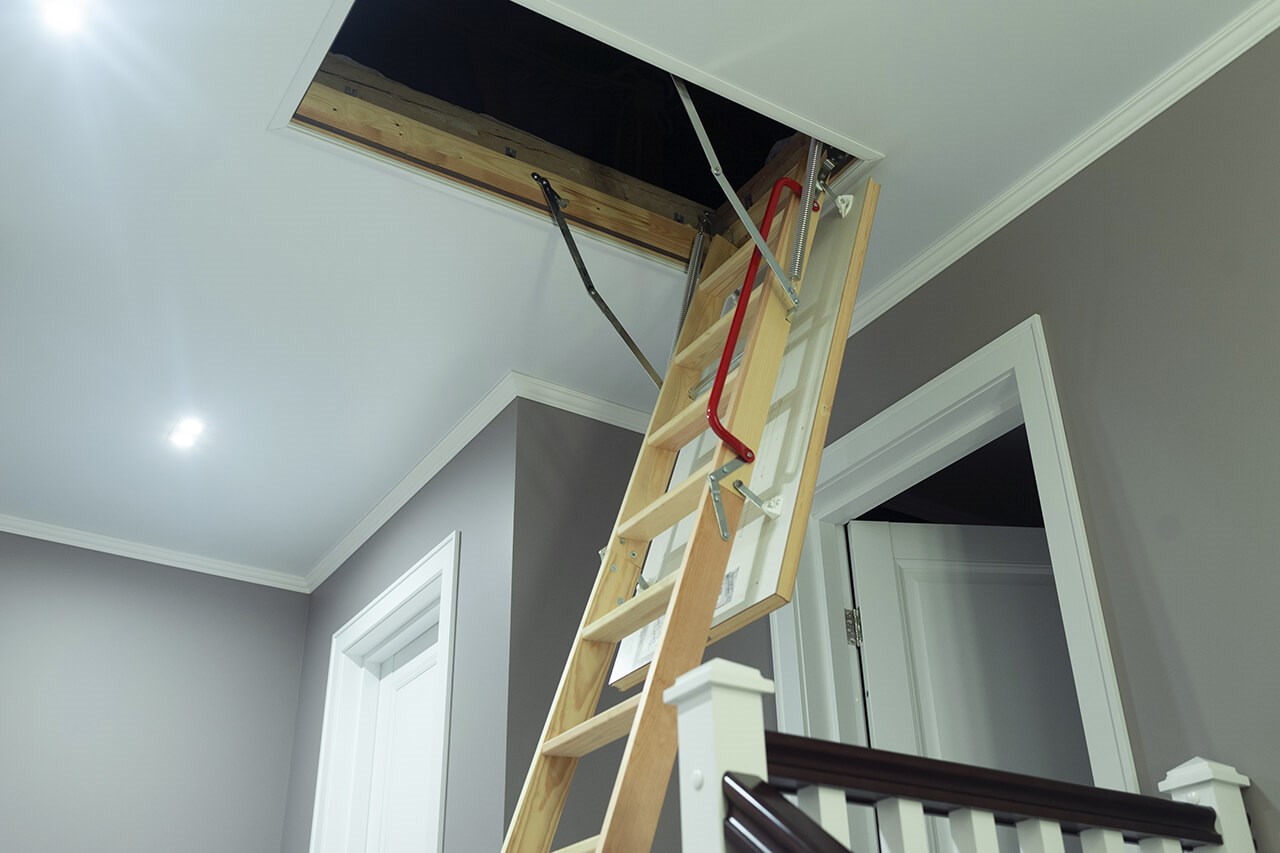
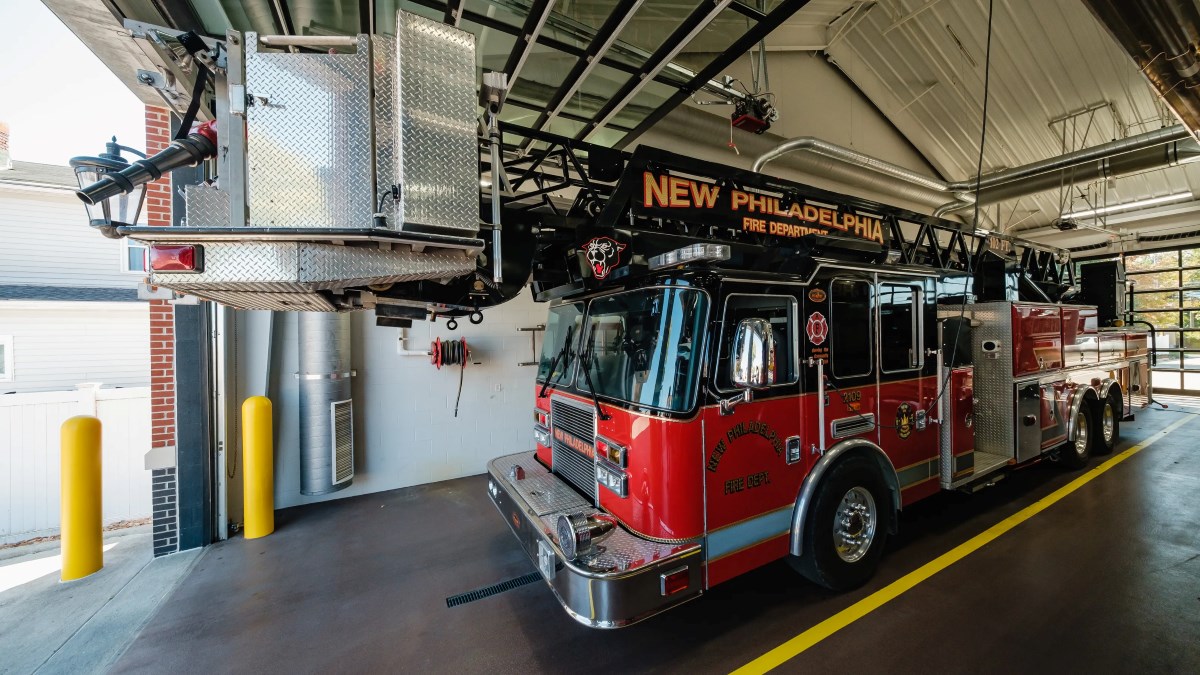
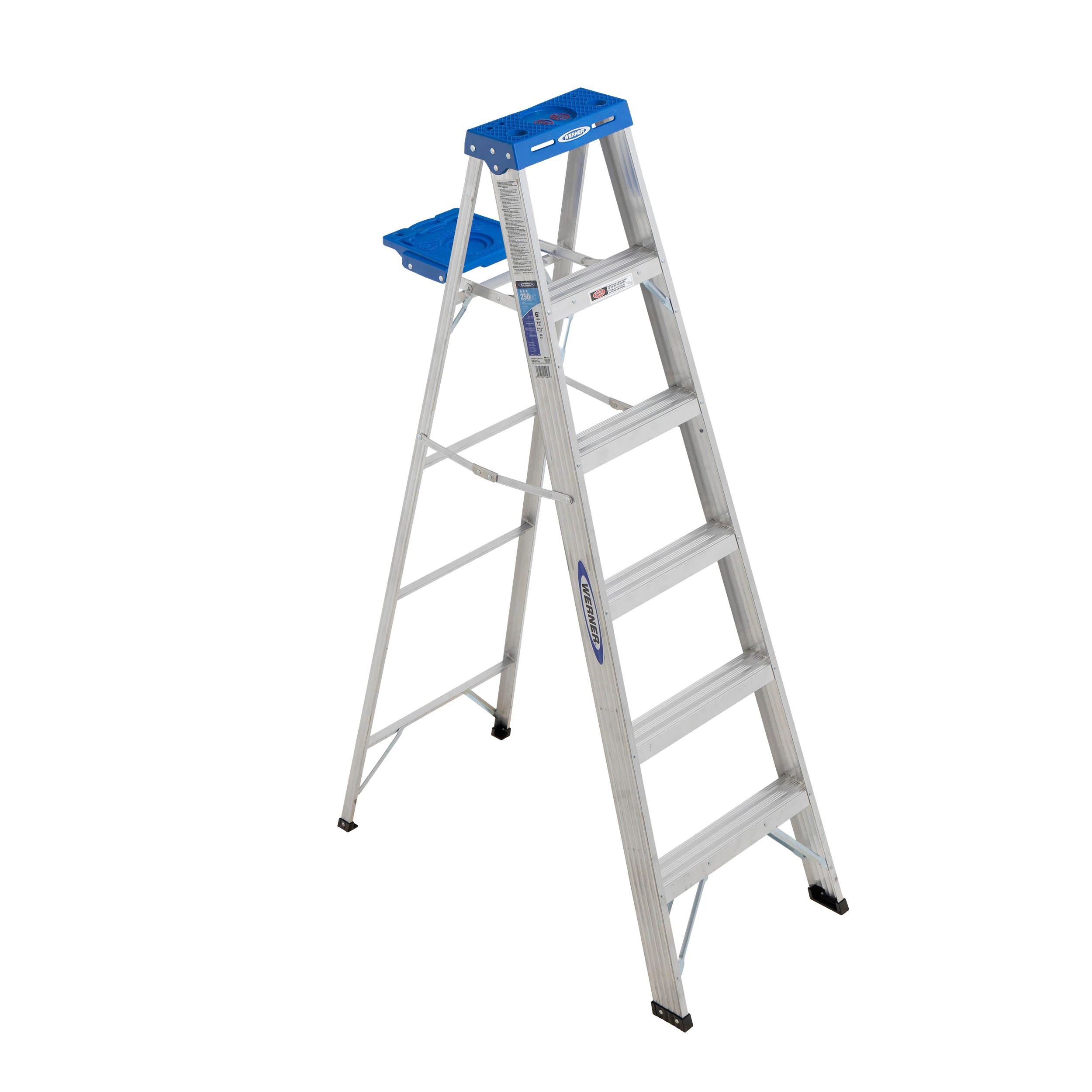

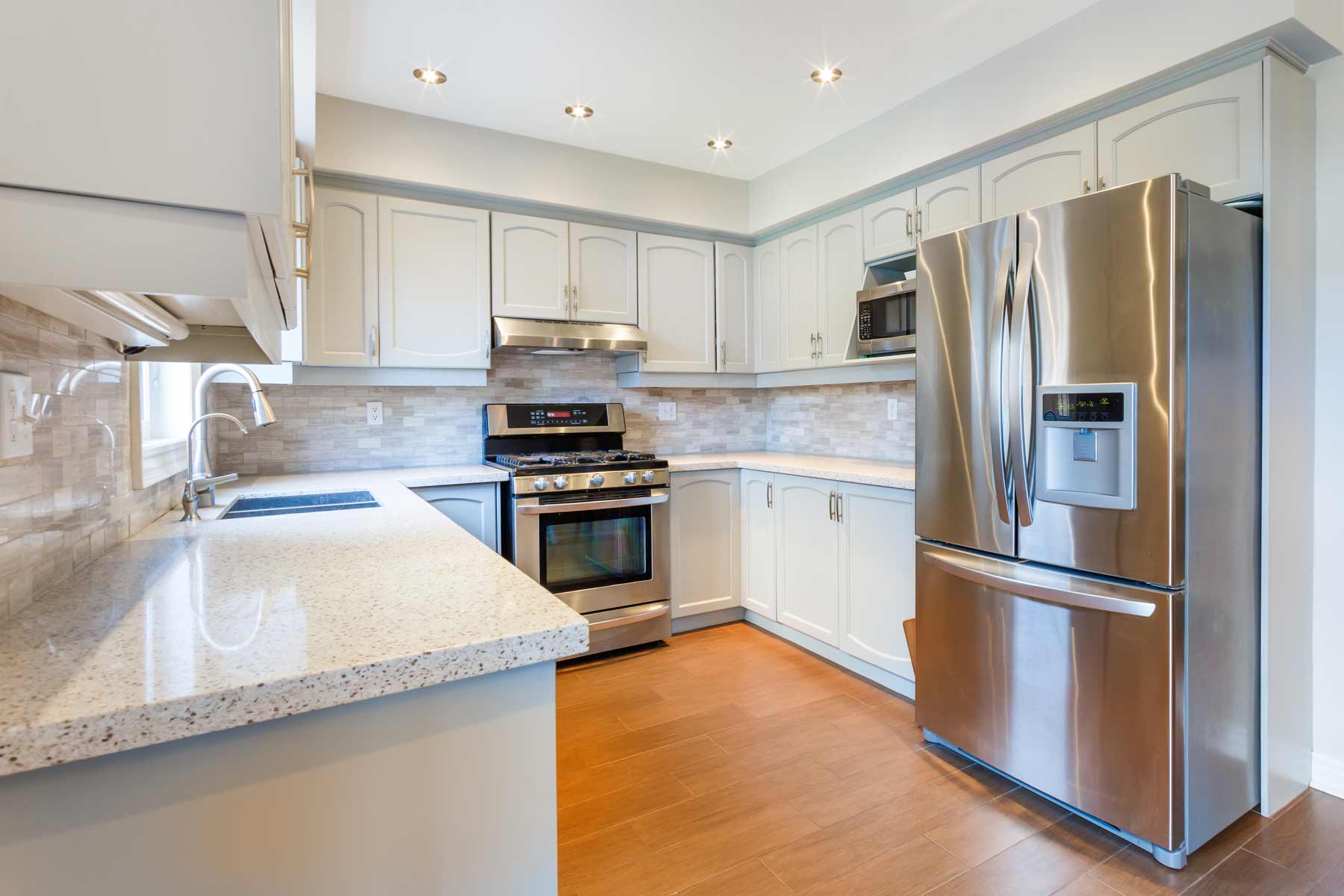
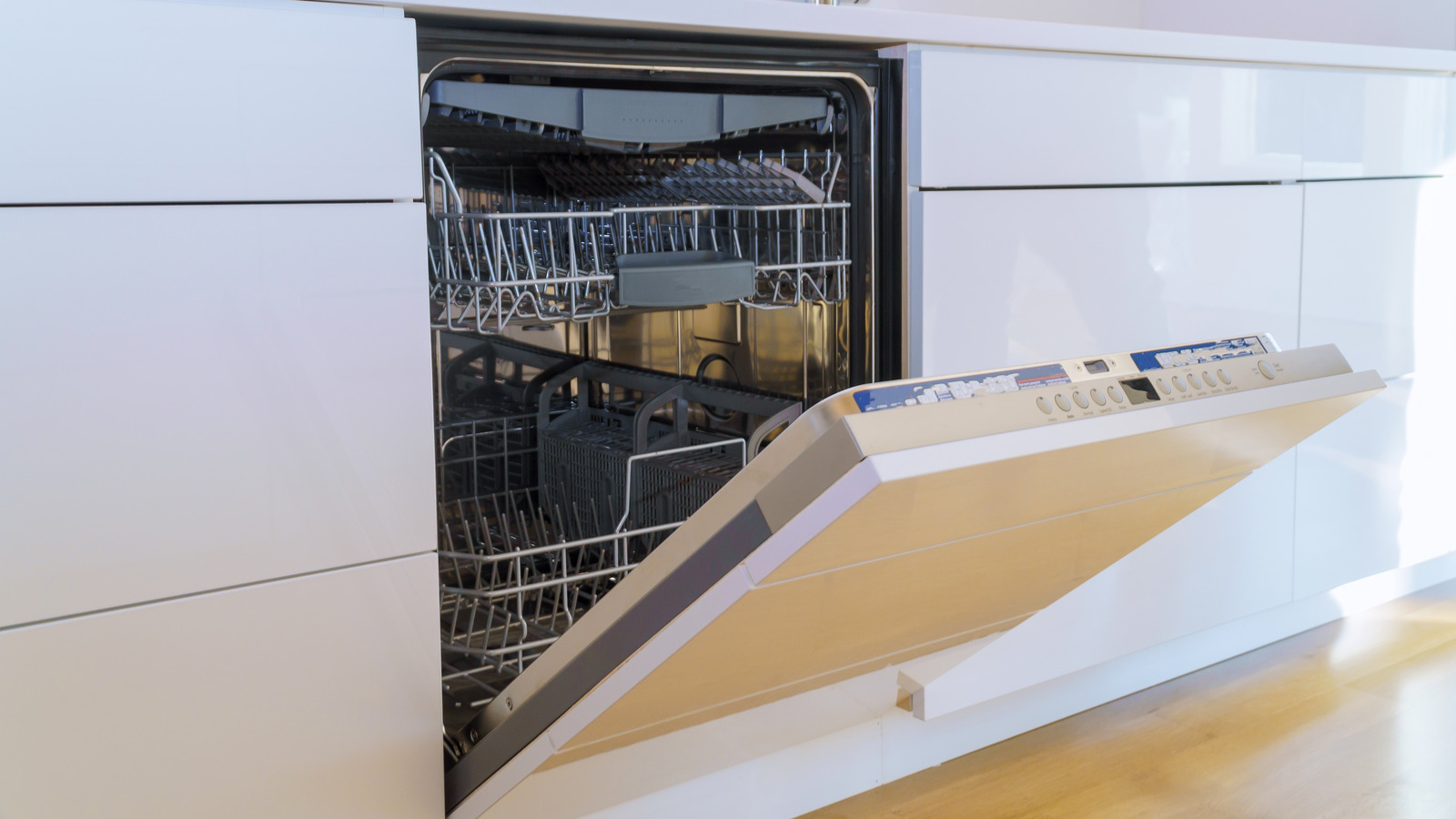

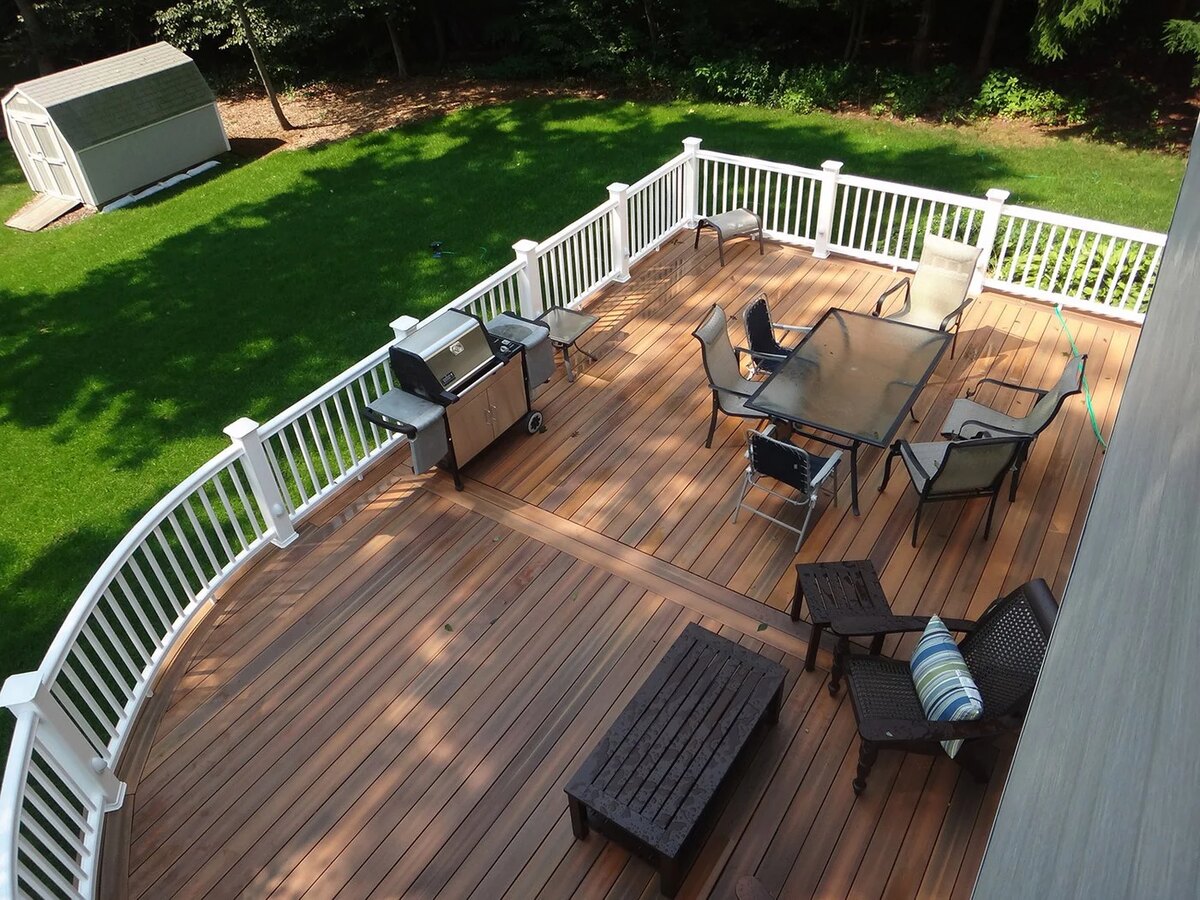
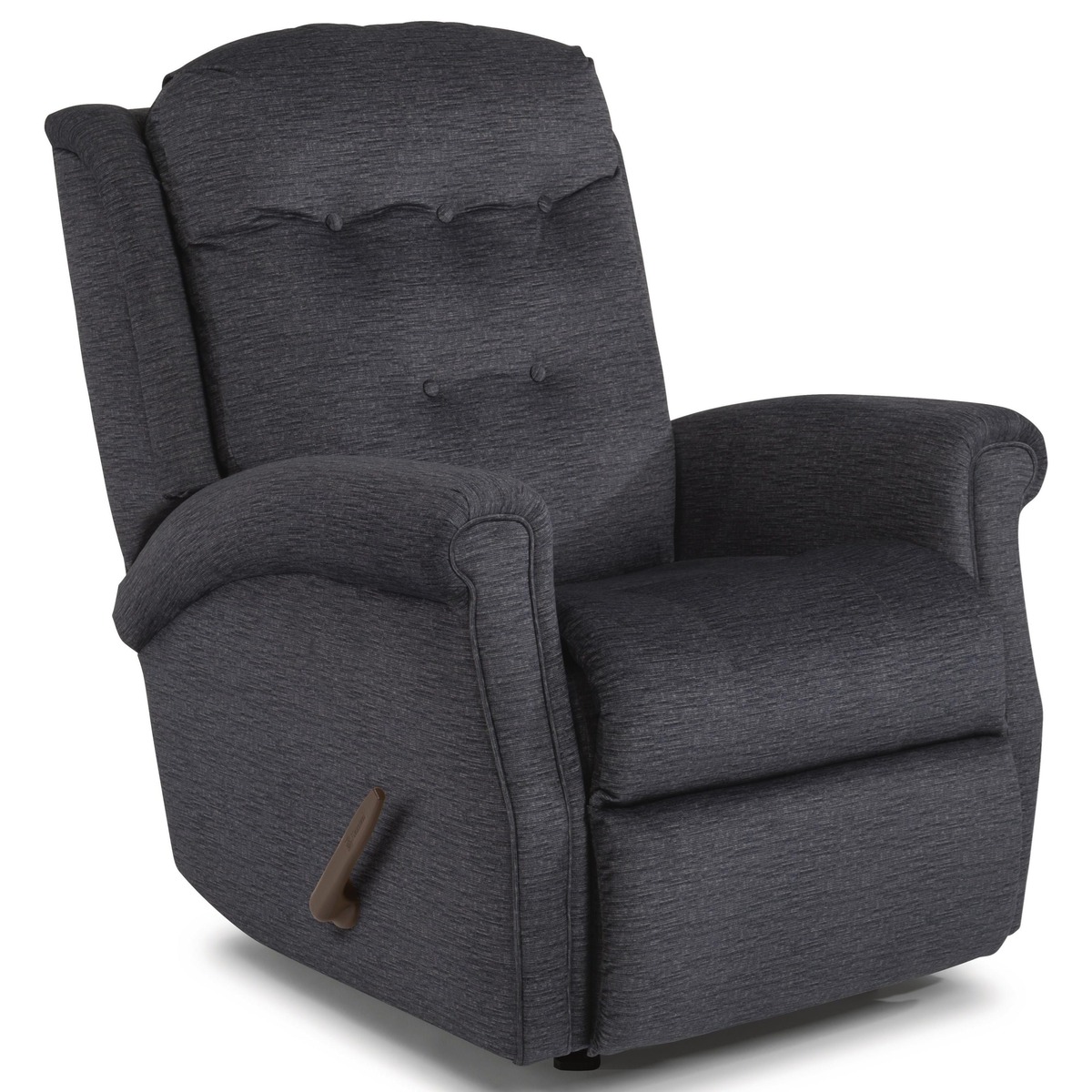

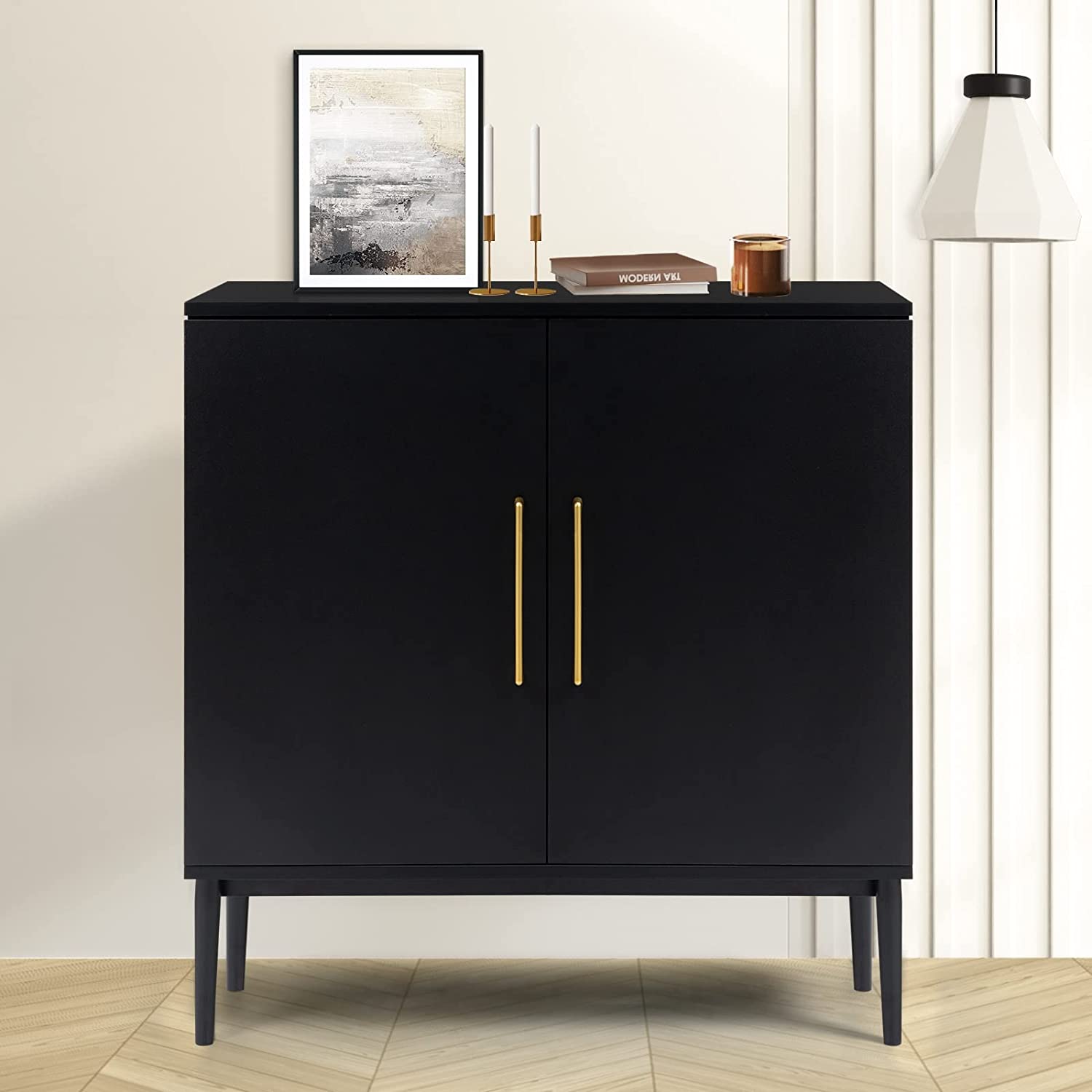

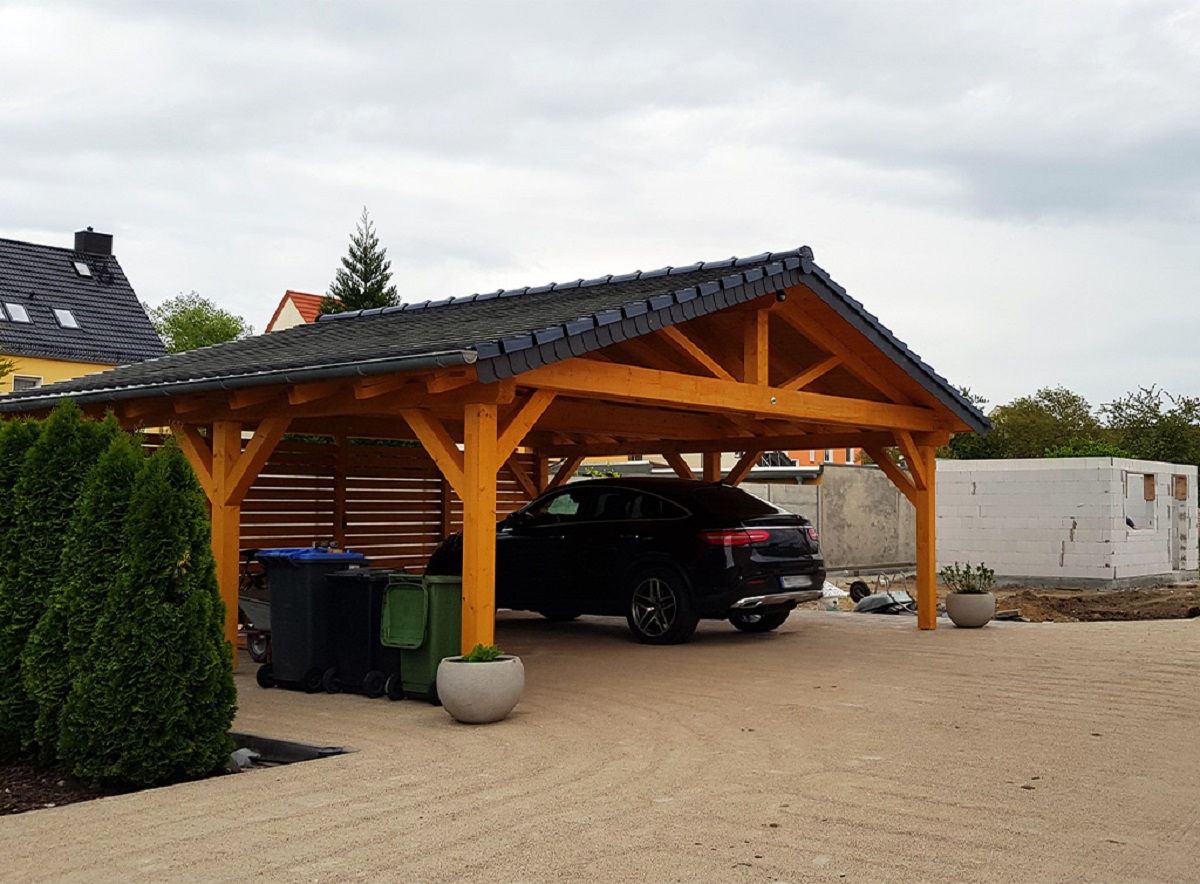


0 thoughts on “How Much Does A Ladder Cost”